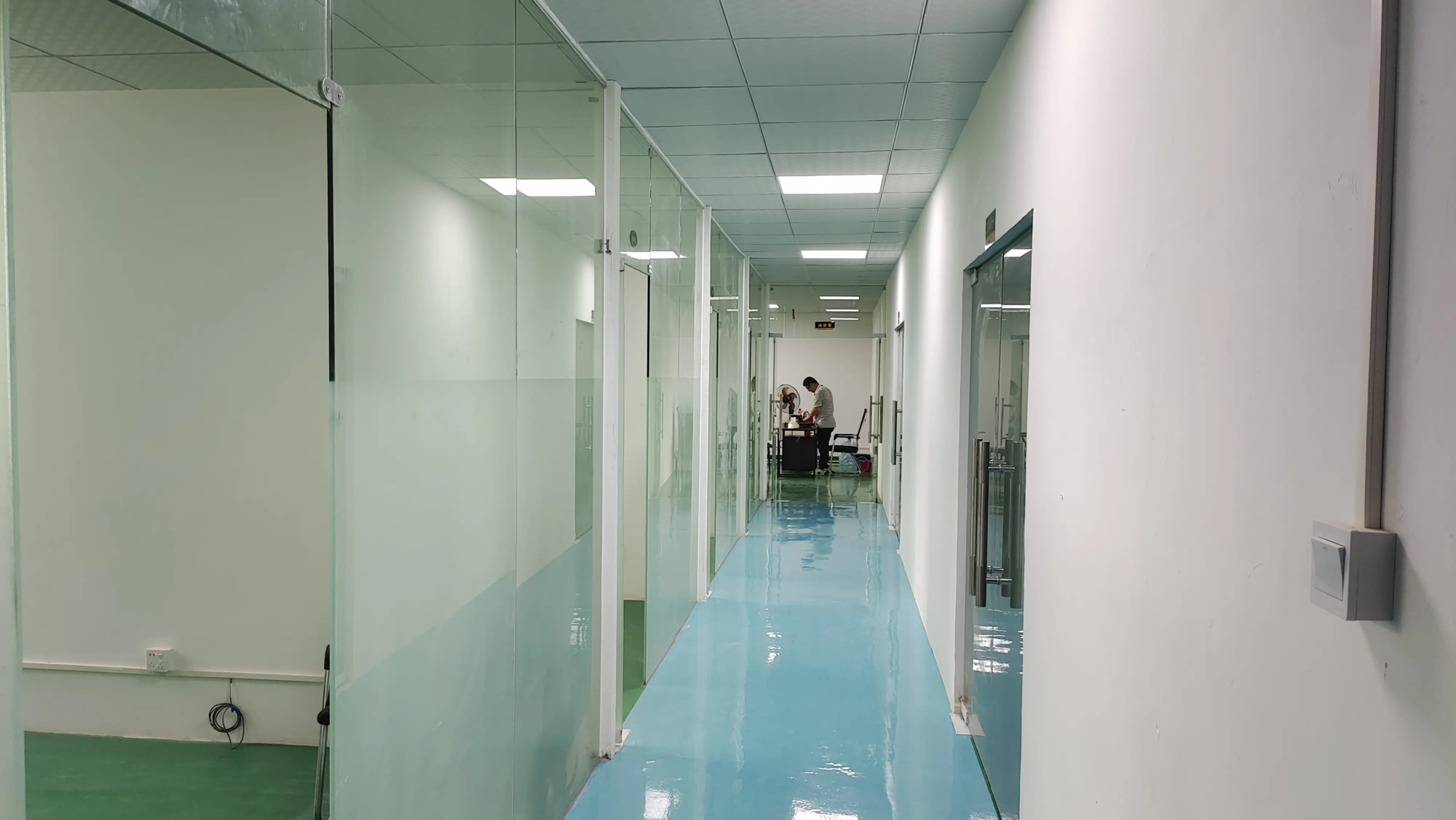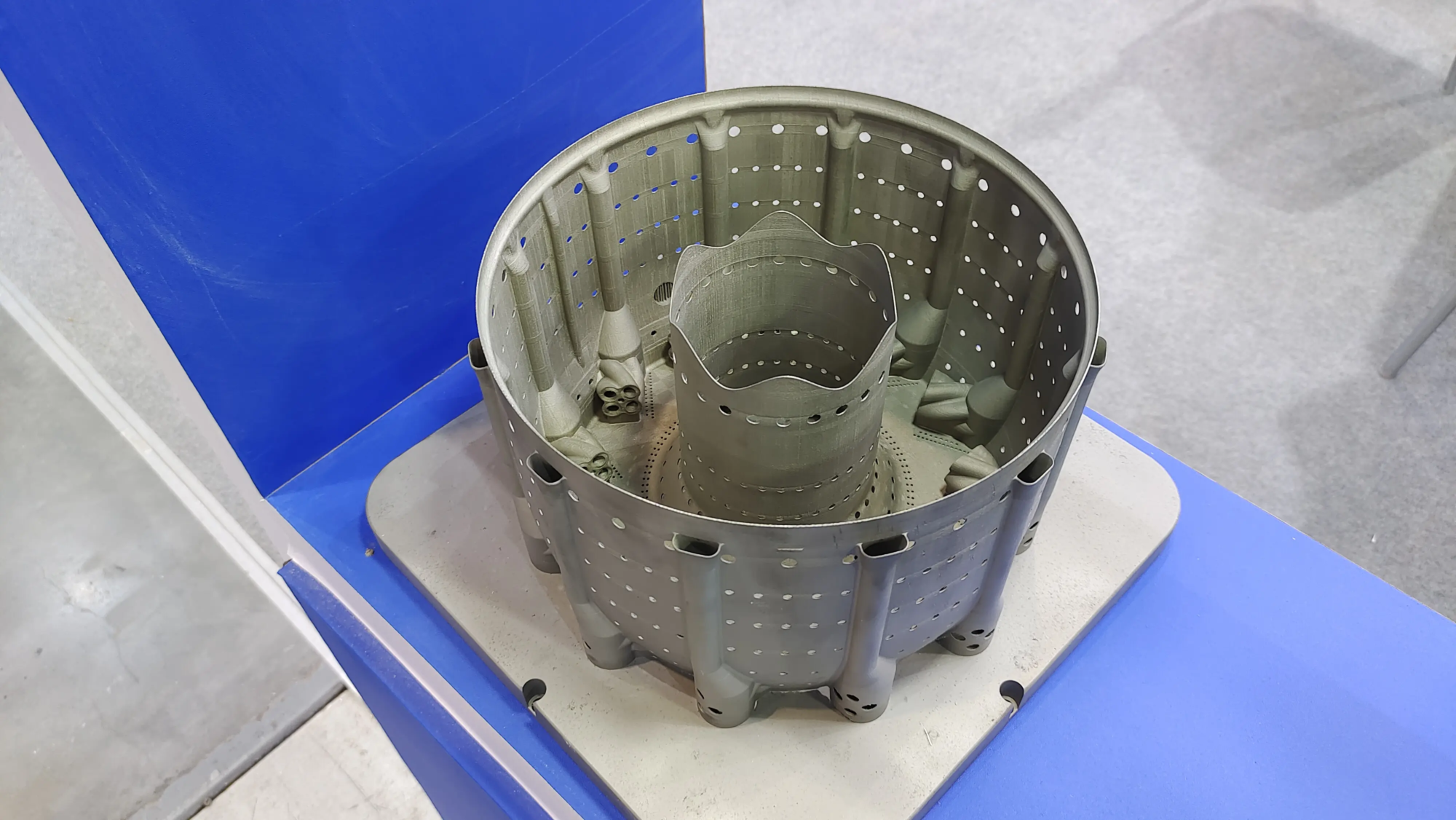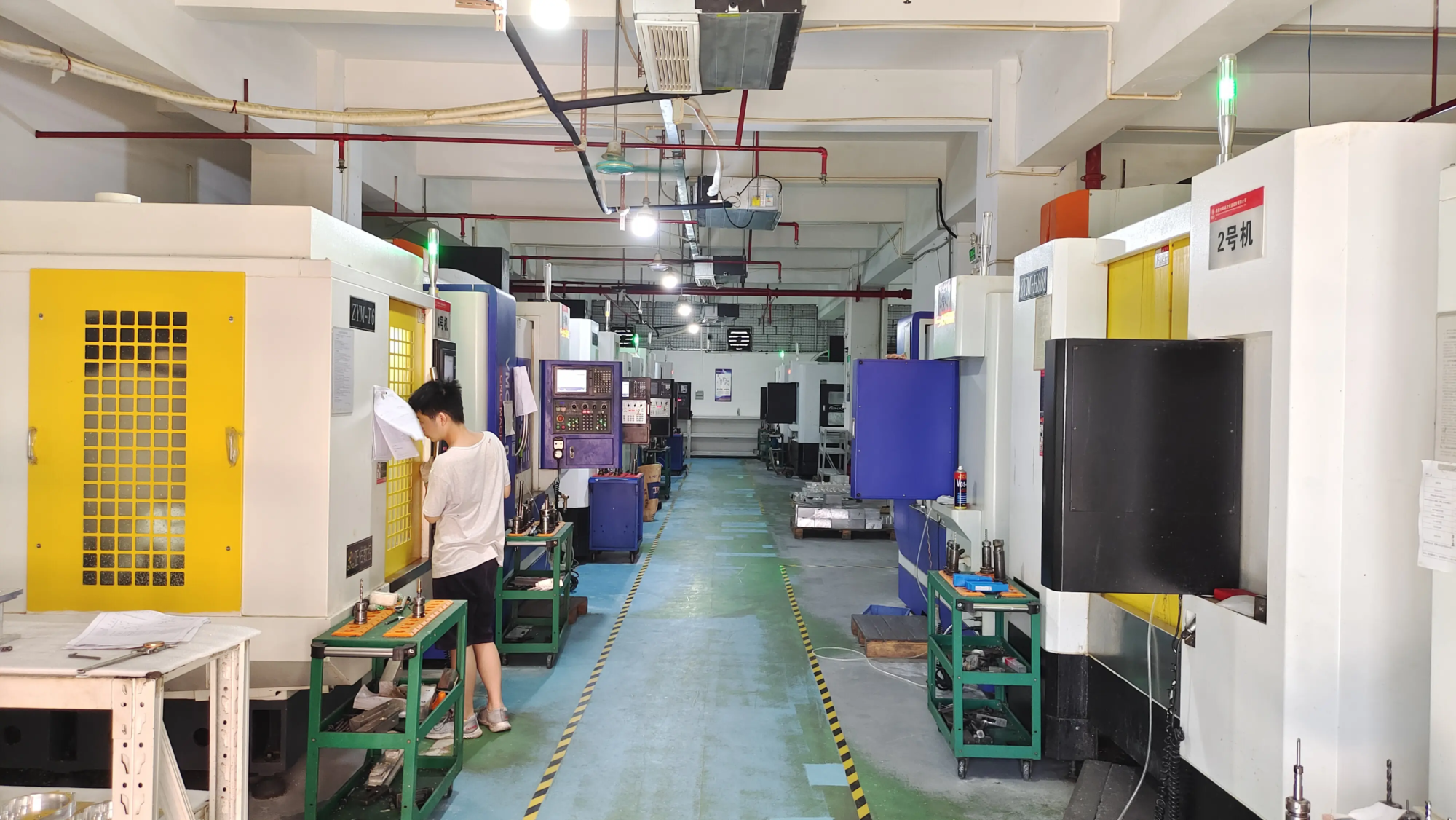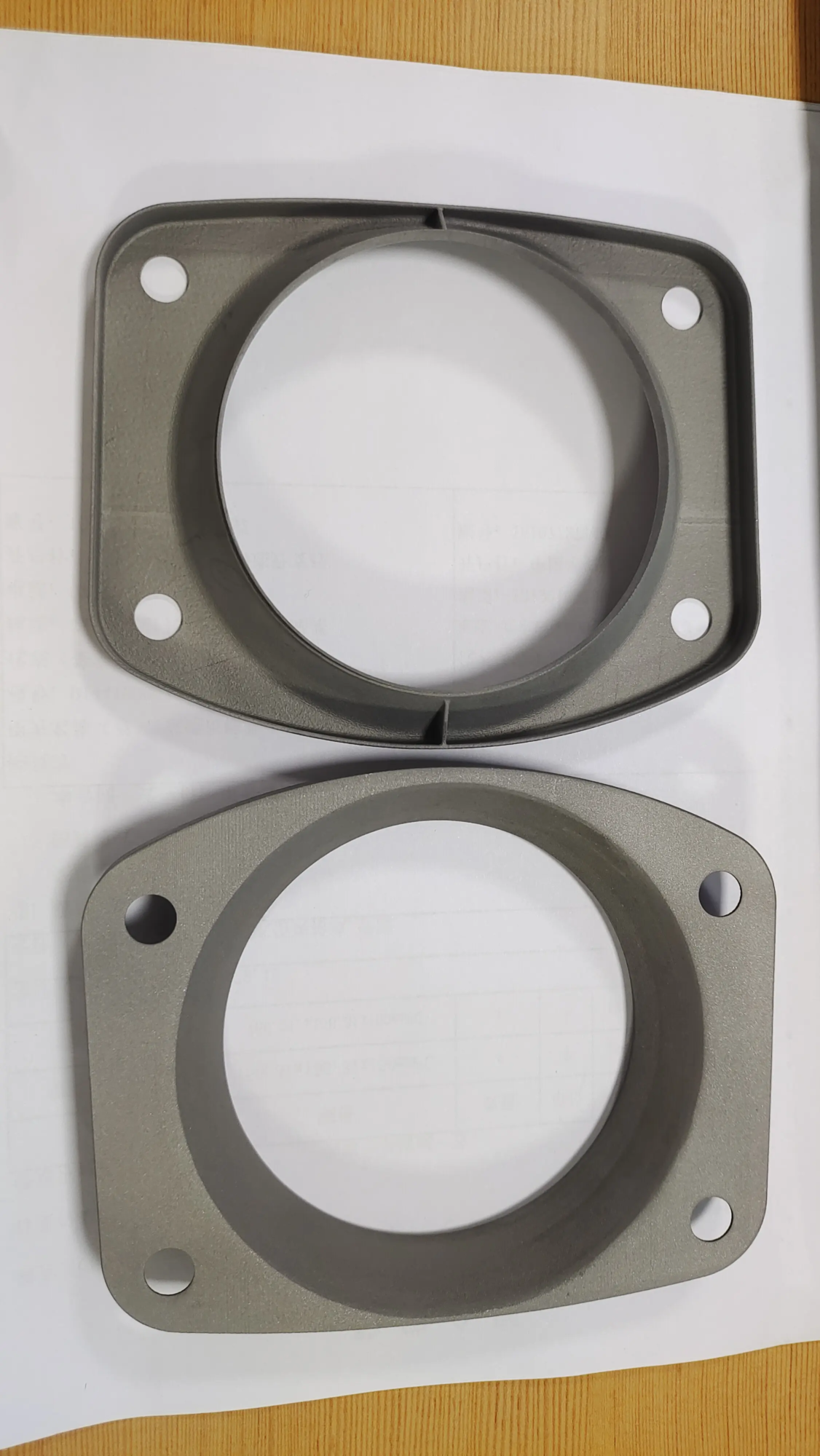Perfect Unfolding Packaging: How to 3D Print the Ultimate Wrapping Paper Cutter Guide (and Why Prototyping Matters!) **
The holidays bring joy, connection, and…the inevitable mountains of gifts that need to be wrapped. Although the spirit is willing, the process often devolves into crooked cuts, jagged edges, and growing frustration. But what if a simple customization tool could transform chaotic packaging into precision and ease? enter 3D Printed Packaging Paper Cutting Guidethe perfect blend of everyday problem solving and the capabilities available in additive manufacturing. Let’s dive into why this guide is a game changer and the fascinating prototyping journey behind bringing these ideas to life.
The ancient wrapping paper struggle
We’ve all been there. You measure carefully against the box, raise your scissors, start cutting, and then… oops! The line was seriously off course. Or worse, the paper slips during the cutting process. Traditional methods rely heavily on hand-eye coordination, a steady ruler, and often sheer luck. This results in wasted paper, wasted time, frustration, and imperfect presentations—especially frustrating when your goal is a magazine cover gift look.
Solution: Simplicity of Precision Design
The 3D Printed Knife Guide is a deceptively simple tool designed to eliminate these problems. Imagine a solid fixture:
- Sturdy Base Plate: Provides work surface stability.
- Precision measurement marks: Crisp etched or embossed lines for common box widths and lengths.
- Safety paper press: Integrated clips, nails or weighting elements prevent paper movement during critical cutting processes.
- Dedicated cutting channel: Perfectly aligned grooves, slots or raised guides designed to guide utility knife, scissor or rotary cutter blades in a perfectly straight line every time.
Simply line up the edge of the wrapper with the press, position the rails at the desired dimensions, and run the cutting tool along the channel. The result? Get sharp, perfectly square cuts on the first try, minimize waste, and significantly reduce frustration.
Advantages of 3D printing: customization and rapid iteration
This is where 3D printing shines. Unlike mass-produced plastic tools, 3D printed guides offer unique advantages:
- Super customized: Design guides for specific needs – narrow rolls of delicate ribbon, oversized gift wrap, or even patterned paper that requires precise pattern alignment cutting.
- Ergonomic design: Creates a comfortable fit on handles, grips and overall shape your hand.
- Material selection: Print with durable PLA for general purpose, tough PETG for longer life, or even try flexible TPU for grip-enhancing elements.
- Speed from concept to reality: It only takes a few hours to design and print a simple prototype that can be tested and improved immediately.
A Journey into Prototyping: From Sketch to Perfect Cut (Why Expertise Matters)
While anyone can download a simple template and print it at home, creating a really Effective, durable and user-friendly knife guides require careful consideration Design refinement and prototypingespecially for business ambitions. This is where professional rapid prototyping services become invaluable:
- Proof of concept (early iteration): Initial print tests basic functionality: Do the guides grip the paper? Are the cutting channels smooth and precise? Fast FDM printing is ideal for these fast, low-cost tests.
- Ergonomics and usability testing: Improved handle shape, hold down mechanism force, base footprint stability and measurement legibility. Feeling good? Is it intuitive? User feedback is crucial here.
- Optimized for strength and durability: Will the plastic clip break after 10 uses? Can the thin channel walls withstand the pressure of the blade? Weak points can be identified using software (FEA – Finite Element Analysis) to analyze stress points and printing in higher strength materials such as nylon filament, reinforced resin, or even prototype metal. Ferrite engineers are good at pinpointing these failure points early.
- Manufacturing Notes: Transition from proof-of-concept prototypes to designs suitable for potential volume production Design for Manufacturability (DFM) expertise. Should it be injection molded? Die casting? How do wall thickness, draft angle and undercut need to be adjusted? Prototyping with final production of similar materials provides the best test.
- High-fidelity prototyping: For end-user validation or pitching to potential investors, high-resolution SLA or MJF printing provides near-production finish and detail, demonstrating the product’s full potential.
This is where a partner like GreatLight is critical. Design a simple guide A bit Work is easy. Designing a printer that is durable, reliable, comfortable, intuitive, manufactured at scale, and stands out in the market requires professional insight, advanced equipment, and rigorous testing—beyond the capabilities of a typical desktop printer.
Beyond the Desktop: GreatLight’s Prototyping Power
At GreatLight, we don’t just print models; we print models. We solve complex rapid prototyping challenges. For projects like wrapping paper cutting machine guidance or any innovative product concept, we provide key resources:
- Advanced Metal Features: Need an extra strong cutting edge or a binder clamp? our Industrial SLM (Selective Laser Melting) 3D Printer Allows us to create strong, functional metal prototypes (such as stainless steel or aluminum) to test final stability and reinforcement elements.
- Material mastery: By using a variety of engineering-grade polymers and metals, we are able to precisely match prototype materials to anticipated production requirements and stress-test accordingly.
- Precision post-processing: Smoothing (resin vapor polishing, metal tumbling), painting, assembly integration – we ensure functional prototypes look and perform like the final product.
- Fast customization and low production volume: Need to test out 10 slightly different ergonomic handle variations next week? We can effectively turn things around and speed up your development cycle.
Conclusion: Innovation unfolds, prototype perfected
This guide to cutting machines for 3D printed packaging perfectly illustrates how additive manufacturing can empower everyday innovation. It elegantly solves a real problem and demonstrates the accessibility of creation. However, from a "cool seal" Creating a polished, market-ready product requires professional prototyping expertise. Rigorous testing, material optimization, ergonomic improvements and manufacturing foresight are critical.
Whether you’re a hobbyist perfecting your ideal guide, or an entrepreneur bringing a revolutionary cutting tool to market, GreatLight is your partner for excellence in rapid prototyping. We have the advanced technology (such as our industrial-grade SLM metal printers), extensive materials knowledge, and technical acumen to navigate the journey from concept sketch to flawlessly functional prototype. Don’t let frustrating packaging cuts ruin your holiday spirit – cleverly innovate, professionally prototype, and make the perfect gift this season!
FAQ: 3D Printing Packaging Paper Cutting Machine Guide Questions and Answers
Q1: Can I really just download and print one copy?
Answer: Of course! Many free and paid designs exist online (on platforms like Thingiverse, Printables, Cults3D, etc.). search "Wrapping Paper Cutter Guide" or "Gift packaging cutting jig." This is an excellent choice for personal use.
Q2: What kind of 3D printer/materials do I need?
A: For home use, most guides print well on standard FDM printers (such as Prusa, Ender series). Suitable for PLA Use occasionally. For greater durability, especially of presses and cutting channels, Highly recommend PETG. If any, ABS or ASA Offers greater toughness and temperature resistance, but may be more difficult to print.
Q3: Why do I need professional prototyping services to accomplish something like this?
A: Professional rapid prototyping becomes critical when you require:
- Rugged Strength/Durability: Make sure parts do not break under repeated use, especially hold-downs or thin channel walls.
- Premium Materials: High-strength polymers, composites and even metal parts are obtained through SLM to manufacture critical components.
- Design optimization: Expert DFM analysis ensures designs are suitable for cost-effective injection molding or other series production.
- High quality surface treatment: Achieve production-grade aesthetics with advanced printing and post-processing for marketing or investment purposes.
- Complex customization: If your guide requires unique, professional features that go beyond common designs.
- Iterate and scale quickly: Dozens of variations, or prototypes of production-grade materials are quickly needed.
Q4: My design involves moving parts (such as spring clips). Can it be prototyped?
one: Yes! Advanced prototyping services like GreatLight focus on functional assembly. We can print complex moving parts simultaneously (using SLA, MJF, SLS), or we can print and assemble them individually, even integrating metal springs. We ensure that these mechanisms function reliably during testing.
Question 5: How quickly can GreatLight prototype custom tool rail designs?
A: Turnaround times vary depending on complexity and materials selected, however GreatLight specializes in fast delivery. Simple functional proofs in PLA can be found in 1-3 days. Complex designs using advanced materials such as engineering resins or metals may require 3-10 days. We prioritize quick iterations to keep your development on track. Contact us for a specific quote!
Unleash your innovative potential. GreatLight transforms your sophisticated prototyping concepts into tangible, high-performance reality. Get started on your custom solution today.





